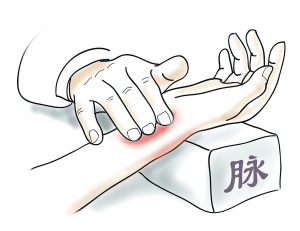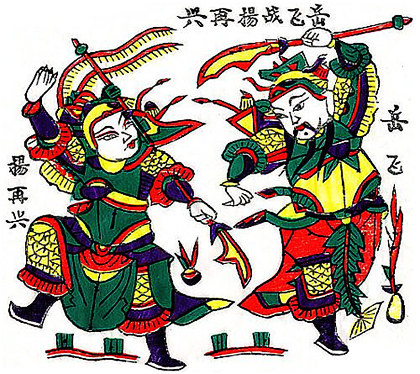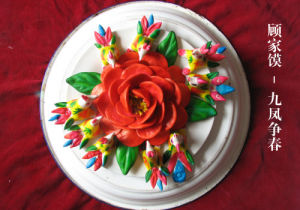精彩推薦
熱點關注
- 1、鄧城葉氏豬蹄制作技藝(商水縣)
- 2、漁鼓道情(鄲城道情筒)(鄲城縣)
- 3、沈丘回族文獅舞
- 4、撲蝶舞(沈丘縣)
- 5、周家口木版年畫(周口市)
- 6、黑陶燒制技藝(淮陽縣)
- 7、沈丘青三彩燒制技藝(沈丘縣)
- 8、買氏中醫外治
專題推薦
-
沒有記錄!
熱點排行
- 1、鄧城葉氏豬蹄制作技藝(商水縣)
- 2、觀堂剪紙(鹿邑縣)
- 3、道情(太康縣)
- 4、漁鼓道情(鄲城道情筒)(鄲城縣)
- 5、沈丘回族文獅舞
- 6、撲蝶舞(沈丘縣)
- 7、周家口木版年畫(周口市)
- 8、雞毛人逗蟾舞(西華縣)
回民秧歌
2012/5/15 10:16:47 點擊數: 【字體:大 中 小】
回民秧歌,產生于清朝中期的河南項城縣南集鎮,為一種民間集體演唱的方式,由11人組成一隊,領隊一人左手持串鈴,右手打傘燈指揮表演。男丑角拄拐杖,扮瞎子;女丑角斜背包袱;其余4名男子挎腰鼓,戴禮拜帽,4名女子持鑼,搭蓋頭。但全部由男子扮演。演出者邊唱邊表演,唱的內容有民間故事、傳統戲曲,也有唱歷史人物、天文地理的。演出形式主要為跑場子、擺畫面、變隊形等。唱段多種多樣,流行的有《十二個月》、《織手巾》、《送飯》、《王林休妻》等。
Hui Yangko Dance
Hui Yangko Dance, created in Nanji, Xiangcheng county in the middle of Qing Dynasty, is a play combining dance and songs together and always in the form of song by collectivity. A yangko group is formed by 11 persons who are all male even though some of roles are women. Actors play programs while singing songs, which includes folk stories, traditional drama, historical personages, astronomy and geography. Among the various songs, the most famous ones are Twelve Months, Weave Towels, Send Meals and so on. The frequently-used playing forms are moving from one place to another place, showing a scene, altering group formation, etc.
責任編輯:C006文章來源:互聯網
著名人物
沒有記錄!
精彩展示
沒有記錄!
評論區




